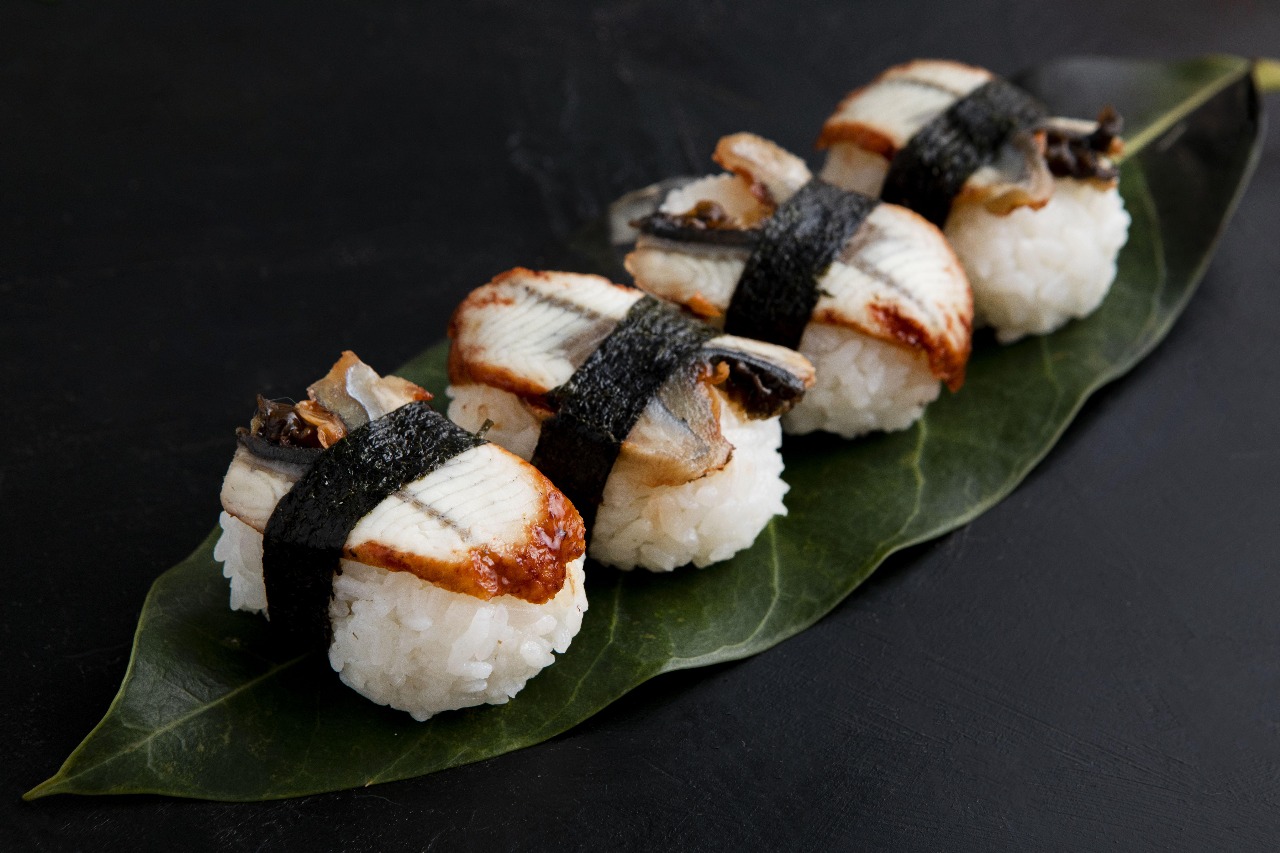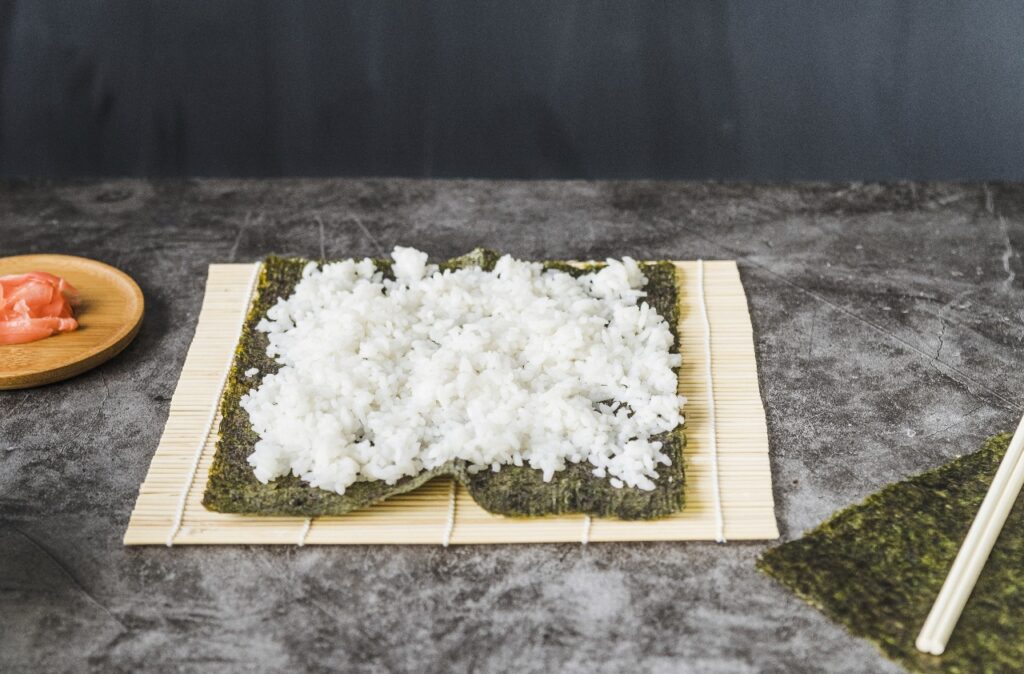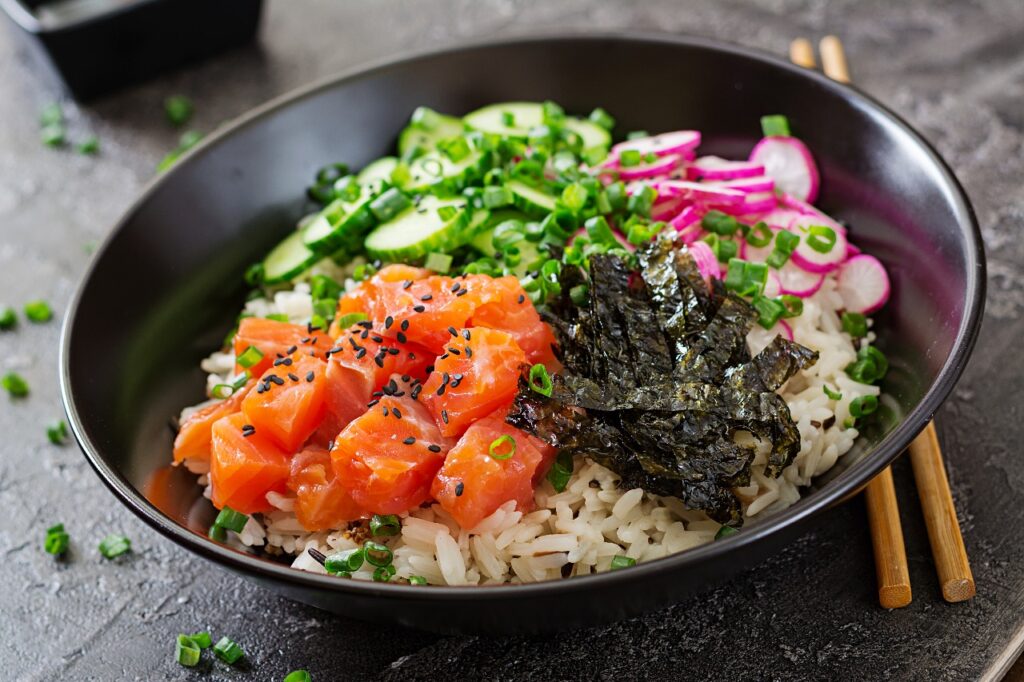- FOOD
Pizza Hut Nutrition Facts You Need Before Ordering


Creating the perfect sticky rice for sushi is an art that combines precision, patience, and a touch of science. Whether you’re a sushi aficionado or a home cook looking to expand your culinary repertoire, mastering the technique of making sticky rice is essential for crafting authentic sushi. This guide will walk you through the essential steps, ingredients, and techniques to ensure your sushi rice turns out perfectly sticky every time.
The foundation of great sushi rice begins with selecting the right ingredients. Each component plays a crucial role in achieving the desired texture and flavor.
The stickiness of sushi rice is due to the amylopectin content in short-grain rice. This type of starch gelatinizes during cooking, allowing the grains to stick together without becoming mushy. Understanding this scientific aspect helps in selecting the right rice and achieving the perfect texture.

Rinsing rice is a crucial step that removes excess starch, preventing the rice from becoming overly sticky or gummy.
Start by measuring the desired amount of rice. Place it in a large bowl and fill it with cold water. Swirl the rice gently with your hand, then drain the water. Repeat this process until the water runs clear, usually about three to four times.
After rinsing, let the rice soak in cold water for at least 30 minutes. This allows the grains to absorb water, ensuring even cooking.
Using an Instant Pot can simplify the process of cooking sushi rice, offering consistency and convenience.
Transfer the rinsed and soaked rice to the Instant Pot. Add an equal amount of water, maintaining a 1:1 ratio.
Seal the Instant Pot and set it to the “Rice” function or cook on high pressure for 4 minutes. Allow the pressure to release naturally for 10 minutes before opening the lid.
A rice cooker is another excellent tool for cooking sushi rice, offering ease and reliability.
Follow the rinsing and soaking steps as previously described. Place the rice and an equal amount of water into the rice cooker.
Start the rice cooker, allowing it to complete its cycle. Once finished, let the rice rest for 10 minutes with the lid closed to finish steaming.
The sushi vinegar mixture is what gives sushi rice its distinctive flavor. Creating the right balance is key.
Combine the vinegar, sugar, and salt in a small saucepan. Heat gently until the sugar and salt dissolve completely. Do not let the mixture boil. Allow it to cool to room temperature before using.
The balance of sugar and salt in sushi rice is critical. Too much sugar can overpower the rice, while too little can leave it bland. Adjust the quantities to suit your taste, but maintain a harmonious balance with the vinegar.
Once the rice is cooked, it must be cooled correctly to achieve the ideal texture for sushi.
Spread the cooked rice into a large, flat container or a traditional wooden sushi tub. Gradually pour the sushi vinegar mixture over the rice while gently folding it with a spatula to ensure even seasoning.
Use a fan or a piece of cardboard to cool the rice to room temperature quickly. This helps in achieving the right consistency and sheen.
For a healthier alternative, brown sushi rice can be made, though it requires slight adjustments.
Brown rice requires longer cooking times and more water. Use a ratio of 1:1.5 rice to water, and cook for about 45 minutes. Follow the same seasoning steps as with white sushi rice.

Sushi rice is not just for sushi rolls. Explore its versatility with these creative recipes:
Proper storage is essential to maintain the quality of sushi rice.
If using within a few hours, keep the rice covered with a damp cloth at room temperature.
For longer storage, place the rice in an airtight container and refrigerate for up to two days. Reheat gently with a damp cloth over the rice to restore moisture.
Sushi rice is best enjoyed fresh and at room temperature. Serve it as soon as possible after preparation to appreciate its full flavor and texture. Whether you’re crafting traditional sushi rolls or experimenting with new recipes, the quality of your sushi rice will shine through, enhancing your culinary creations.